Rajasthan has a rich and colorful history making it one of the most popular tourist destinations in India. Historical traditions are that Rajputs, Nath, Jats, Bhils, Ahirs, Gujars, Meenas and some other tribes made a great contribution in building the state of Rajasthan. All these tribes suffered great difficulties to protect their culture and the land. Millionsof them were martyred for this land. Rajasthan includes most of Rajputana, comprised of a number of Rajput kingdoms as well as Jat kingdoms and a Muslim kingdom. The Jats were rulers in Bharatpur and Dholpur. Tonk was ruled by a Muslim Nawab. Jodhpur, Bikaner, Udaipur, and Jaipur were some of the main Rajput states. Rajput families rose to prominence in the 6th century CE. The Rajputs resisted the Muslim incursions into India, although a number of Rajput kingdoms eventually became subservient to the Delhi Sultanate and the Mughal Empire during those empires’ peak of expansion. The Mehrangarh Fort in Jodhpur was built by Rao Jodha in 1498.Mewar led others in resistance to Muslim rule: Rana Sanga fought the Battle of Khanua against Babur, the founder of the Mughal empire; and Maharana Pratap Singh resisted Akbar in Haldighati. Other rulers like Raja Maan Singh of Amber were trusted allies. As the Mughal Empire weakened, the Rajputs reasserted their independence. With the decline of the Mughal Empire in the 18th century, Rajputana came under attack from the Marathas and Pindaris, and the Maratha general Scindia captured Ajmer. The Rajput kings concluded treaties with the British in the early 19th century, accepting British sovereignty in return for local autonomy. Following the Mughal tradition as well as its strategic location Ajmer became a province of British India, while the autonomous Rajput states, the Muslim state [Tonk]), and the Jat states (Bharatpur and Dholpur) were organized into the Rajputana Agency. Rajasthan’s formerly independent kingdoms created a rich architectural and cultural heritage, seen today in their numerous forts and palaces ( Mahals and Havelis) which are enriched by features of Hindu, Muslim and Jain architecture.
1
Welcome to Delhi, the capital of modern India. On arrival, you are received and transferred to your hotel. The rest of the day is free you to relax. Overnight in Delhi.
2
After breakfast visit on a sightseeing tour Old Delhi in the morning covering Jama Mosque, the Red Fort and Mahatma Gandhis memorial Raj Ghat. In the afternoon, set off on a sightseeing tour of New Delhi covering Safdarjang’s Tomb, Qutab Minar and Humayun’s Tomb after drive to Agra . Upon arrival and check in hotel.Overnight in Agra .
3
After breakfast visit a city tour to experience the TAJ MAHAL (closed on Fridays), an extravagant marble monument of love, built by Shah Jahan in 1653 as a memorial to his queen Mumtaz Mahal. One of the Seven Wonders of the World, this beautiful mausoleum in pure white marble took 22 years and 22,000 craftsmen to build. Continue your tour to the Agra Fort, an original red sandstone fort built by Mughal Emperor Akbar in 1565. The forts maze of courtyards, its marble mosque and lavish private chambers reflect the grandeur of the Mughal Empire. After drive to Jaipur enroute visiting Fatehpur Sikri, the deserted 16th century red sandstone city built by Emperor Akbar. Here you visit the Bulund Darwaza (The Gate of Victory) – the tallest gateway in the world, and the superb white marble tomb of the famous Sufi saint Shaik Salim Chishti. Continue your drive to Jaipur. Built by Raja Jai Singh in the 18th century, Jaipur, the capital of Rajasthan is a picturesque city in a symphony of pink. Upon arrival and check in hotel. Evening visit Birla temple. Overnight in Jaipur.
4
After breakfast proceed for an excursion to Amer Fort which is located 12 kms outside Jaipur. One of the finest example of Rajput architecture, it was the ancient capital of Kaisshawah rulers. Enjoy the ascent to the Palace on the back of a brightly caparisoned elephant. Visit the multiple chambers and hallways of the palace which are famous for their design and decorations. In the afternoon, proceed for a city tour visiting the unique stone observatory Jantar Mantar, the opulent City Palace with its musuems, and driving past the Hawa Mahal. Overnight in Jaipur.
5
After breakfast drive to Jodhpur. upon arrival check in to your hotel. After Sightseeing of Jodhpur. Jodhpur, founded in 1459 by Rao Jodha, was the capital of the state of Marwar during the rule of the Rathor clan. Set right at the edge of Thar Desert, it is strewn with 15th century forts and palaces that stand testimony to the history of this princely state. Overnight in Jodhpur.
6
After breakfast drive to Udaipu. En route visit the intricately sculptured Jain Temples in Ranakpur that date back to the 15th century. Its 29 halls are supported by 1444 pillars, none of which are alike. Continue your drive to Udaipur and upon arrival check in to your hotel. Rest of the day . Overnight in Udaipur.
7
After breakfast visit on a sightseeing tour of Udaipur. Founded in 1568 by Maharana Udai Singh, the elegant city of Udaipur is called the Venice of the East. Begin your tour with a visit to the City Palace with its mirrored walls, ivory doors, colored glass windows, inlaid marble balconies and peacock courtyard. Also visit the lovely Sahelion-ki-bari gardens, the Jagdish temple and the local Museum. In the evening, enjoy a motor launch cruise on the placid waters of Lake Pichola. Also visit the Jag Mandir Palace, a lovely island palace in the middle of the lake. Overnight in Udaipur.
8
This morning check out from hotel and transfer to Udaipur airport in time to board to your onward destination.

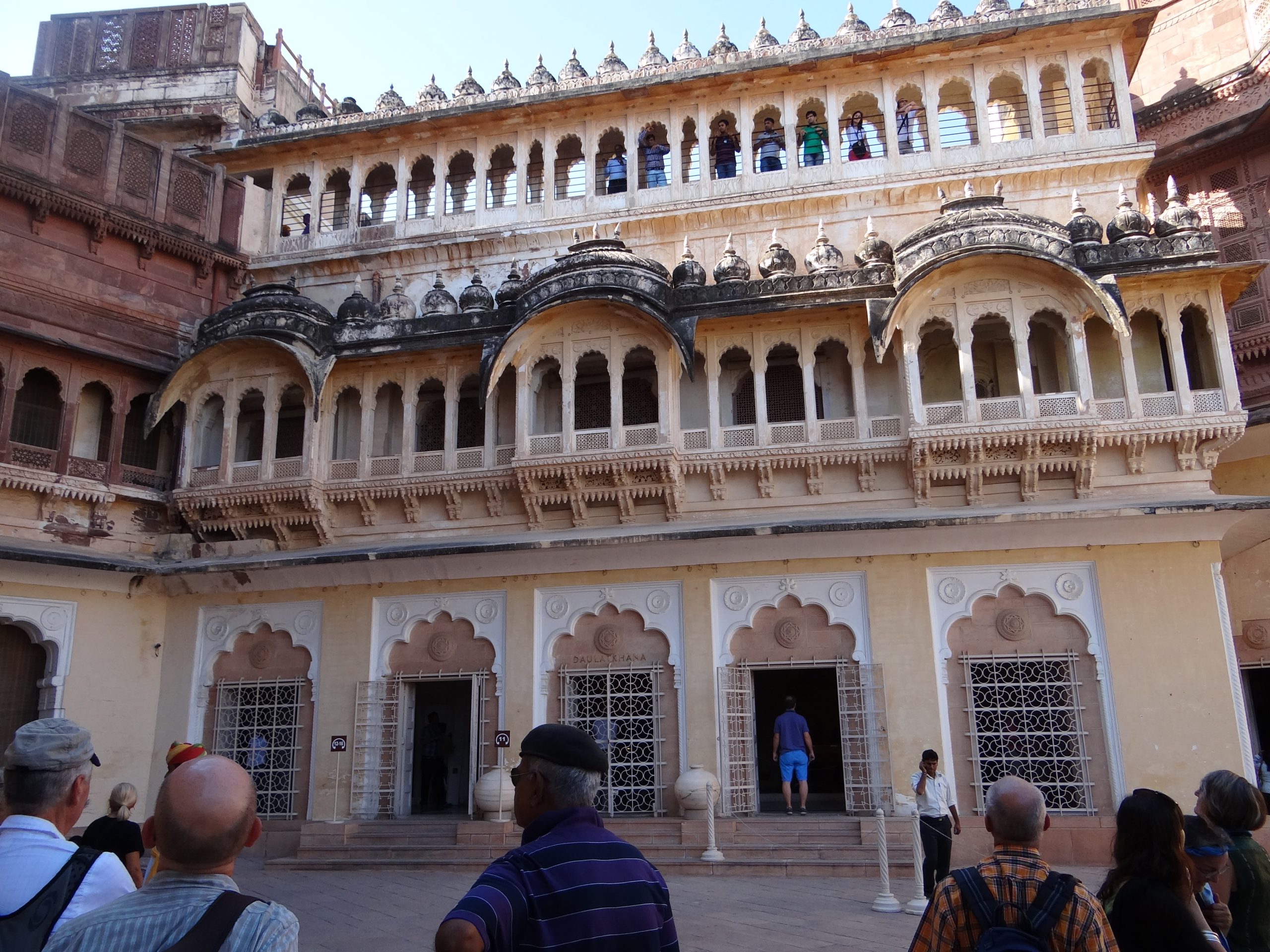
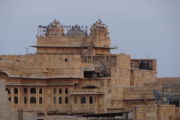
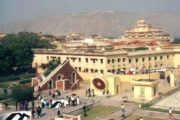
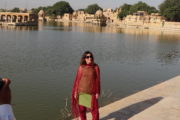
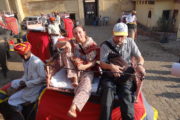
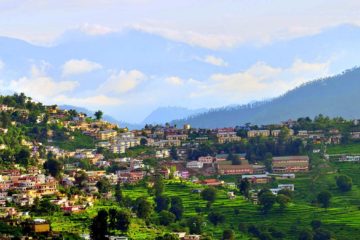
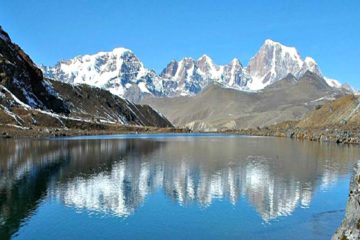

Tour Reviews
There are no reviews yet.
Leave a Review